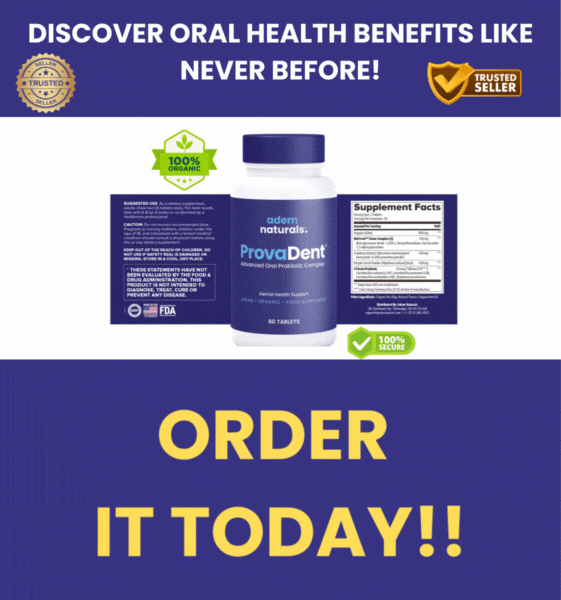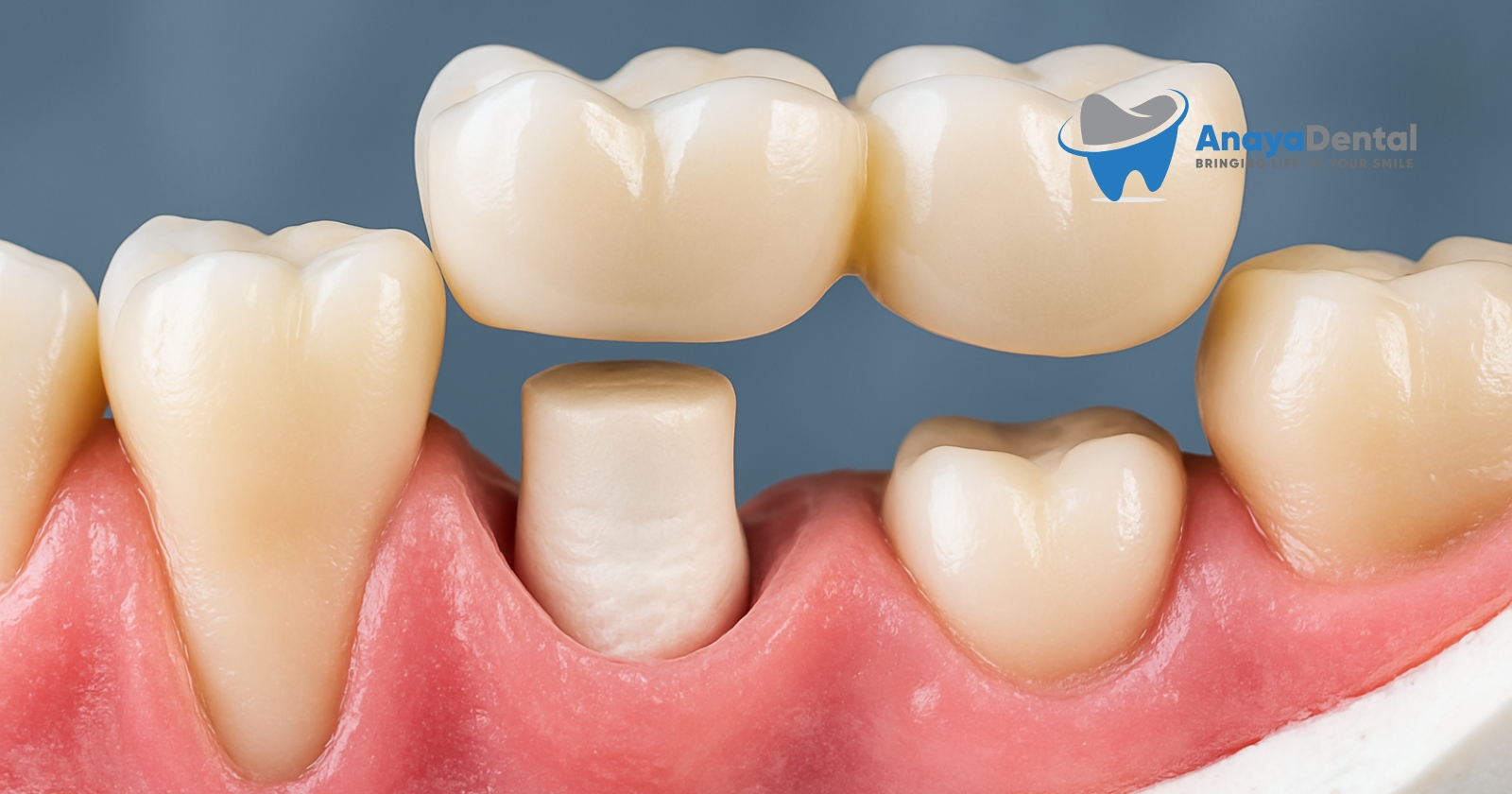How You Can Benefit From D2520 Metallic Inlays for Your Dental Restoration
Are you considering dental restoration options that balance durability with aesthetics? A D2520 inlay—a metallic restoration covering two tooth surfaces—might be the solution you’re looking for. This comprehensive guide walks you through everything from procedure details to insurance coverage, helping you make an informed decision about this lasting dental investment.
What Exactly Is a D2520 Metallic Inlay?
A D2520 inlay is a custom-made metallic restoration that fits precisely within your tooth structure, covering two surfaces of your tooth. Unlike standard fillings that are molded directly in your mouth, inlays are fabricated in a dental laboratory after taking impressions of your prepared tooth.
The “D2520” designation is the specific dental procedure code used by insurance companies and dental offices for billing and identification purposes. This code specifically indicates:
Try Our Dental Calculators
- Inlay: A restoration that fits within the cusps (raised points) of your tooth
- Metallic material: Typically gold, silver, or other metal alloys
- Two surfaces: Covering two distinct areas of your tooth (such as the chewing surface and one side)
When Your Dentist Might Recommend a D2520 Inlay
Your dentist might suggest a D2520 metallic inlay when:
- You have moderate tooth decay that’s too extensive for a simple filling but doesn’t require a full crown
- A previous filling has failed or needs replacement
- You need to strengthen a weakened tooth structure
- You have specific bite alignment issues that benefit from the precision of an inlay
- You want a longer-lasting solution than traditional fillings
Metallic inlays are particularly beneficial for molars and premolars where strength is crucial for chewing and where metal’s durability outweighs aesthetic concerns about its visibility.
The D2520 Procedure: What to Expect
The placement of a D2520 metallic inlay typically requires two dental visits:
First Appointment
- Your dentist will administer local anesthesia to ensure comfort
- Removal of decay or old filling material from your tooth
- Shaping the tooth to create space for the inlay
- Taking digital or physical impressions of your prepared tooth
- Placement of a temporary filling to protect your tooth between visits
Second Appointment (Usually 1-2 Weeks Later)
- Removal of the temporary filling
- Testing the fit of your custom-made metallic inlay
- Permanent bonding of the inlay to your tooth
- Final adjustments to ensure proper bite alignment
Most patients report only mild discomfort during recovery, which typically resolves within 24-48 hours after the procedure.
Cost Considerations for D2520 Metallic Inlays
Metallic inlays represent a middle ground in terms of dental restoration costs:
| Restoration Type | Average Cost Range | Typical Lifespan |
|---|---|---|
| Composite Filling | $150-$300 | 5-7 years |
| D2520 Metallic Inlay | $650-$1,200 | 15-25 years |
| Porcelain Inlay | $900-$1,500 | 15-20 years |
| Dental Crown | $1,000-$2,500 | 10-15 years |
The initial cost is higher than fillings but may prove more cost-effective long-term due to their extended lifespan. Your actual costs will vary based on:
- Your geographic location
- The specific metal alloy used (gold is typically most expensive)
- Your dentist’s experience and pricing structure
- Whether you need any additional procedures such as core buildups
Insurance Coverage and Payment Options
Insurance Coverage
Most dental insurance plans provide partial coverage for D2520 inlays as they’re considered a basic to major restorative procedure. Typical coverage patterns include:
- 50-80% coverage after meeting your deductible
- Annual maximum benefits (typically $1,000-$1,500) may limit total coverage
- Possible waiting periods of 6-12 months for new insurance plans
- Some plans may only cover alternative, less expensive treatments like composite fillings
Always verify your specific benefits with your insurance provider before proceeding with treatment.
Payment Alternatives
If insurance doesn’t fully cover your needs, consider these options:
- Dental savings plans offering 15-50% discounts on restorative procedures
- Healthcare credit cards like CareCredit offering special financing
- Payment plans offered directly by your dental office
- Health Savings Accounts (HSAs) or Flexible Spending Accounts (FSAs) for tax advantages
- Dental schools offering reduced-cost treatment by supervised students
Advantages and Disadvantages of D2520 Metallic Inlays
Advantages
- Exceptional durability, often lasting decades
- Superior strength for chewing surfaces
- Less tooth structure removal compared to crowns
- Excellent fit and seal to prevent further decay
- Minimal expansion/contraction with temperature changes
- Resistance to fracture and wear
Disadvantages
- Higher upfront cost than fillings
- Multiple appointments required
- Metallic appearance may be aesthetically undesirable for visible teeth
- Potential temperature sensitivity initially
- Not suitable for patients with metal allergies
- May create galvanic response if placed adjacent to different metal restorations
Caring for Your Metallic Inlay
To maximize the lifespan of your D2520 metallic inlay:
- Maintain thorough oral hygiene with regular brushing and flossing
- Attend routine dental checkups every six months
- Avoid chewing extremely hard objects like ice or hard candy
- Consider a nightguard if you grind your teeth
- Address any unusual sensations promptly with your dentist
Quick Review
- A D2520 metallic inlay is a durable, laboratory-created restoration that covers two surfaces of your tooth
- The procedure typically requires two dental visits separated by 1-2 weeks
- Expect to invest between $650-$1,200, depending on materials and location
- Insurance typically covers 50-80% of the cost after deductibles
- Metallic inlays offer superior longevity (15-25 years) compared to traditional fillings
- They’re ideal for molars and premolars where strength is crucial
- Alternative payment options exist if insurance coverage is insufficient
Discuss with your dentist whether a D2520 metallic inlay is the right choice for your specific dental needs, considering both your oral health requirements and budget constraints.


